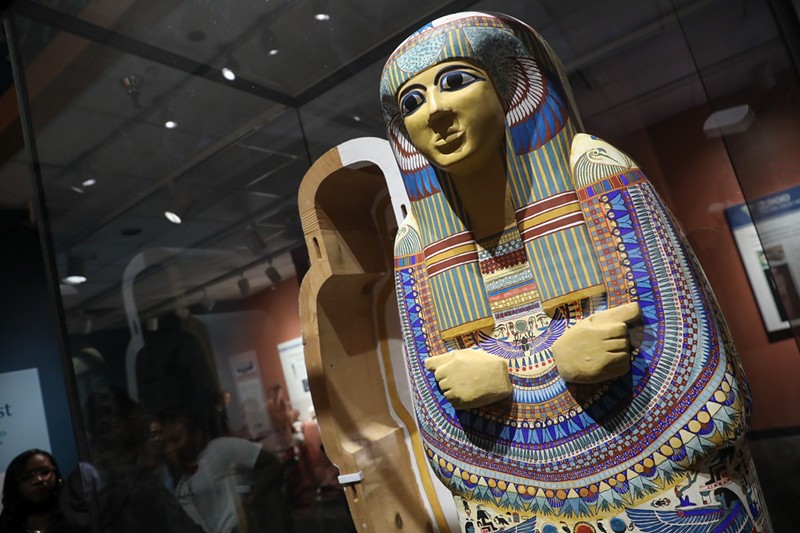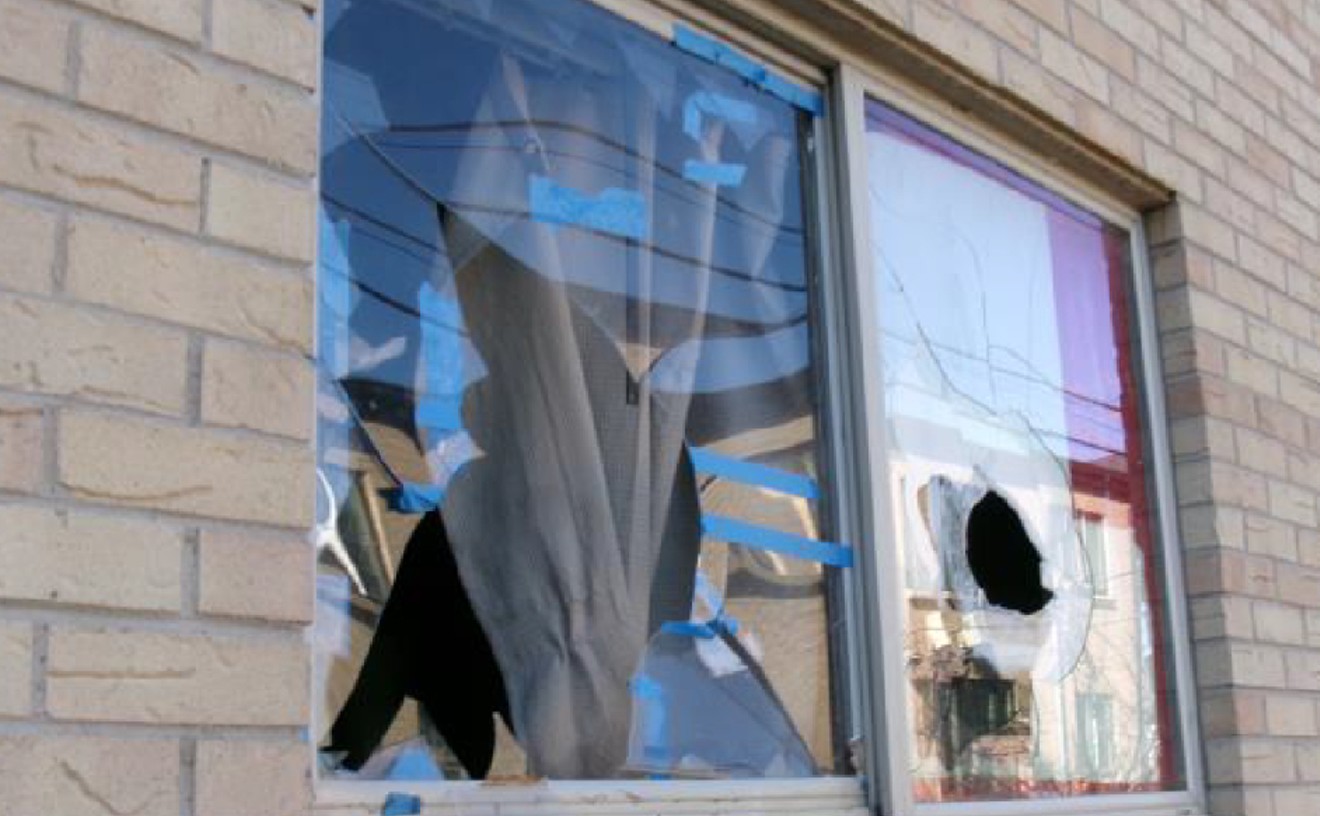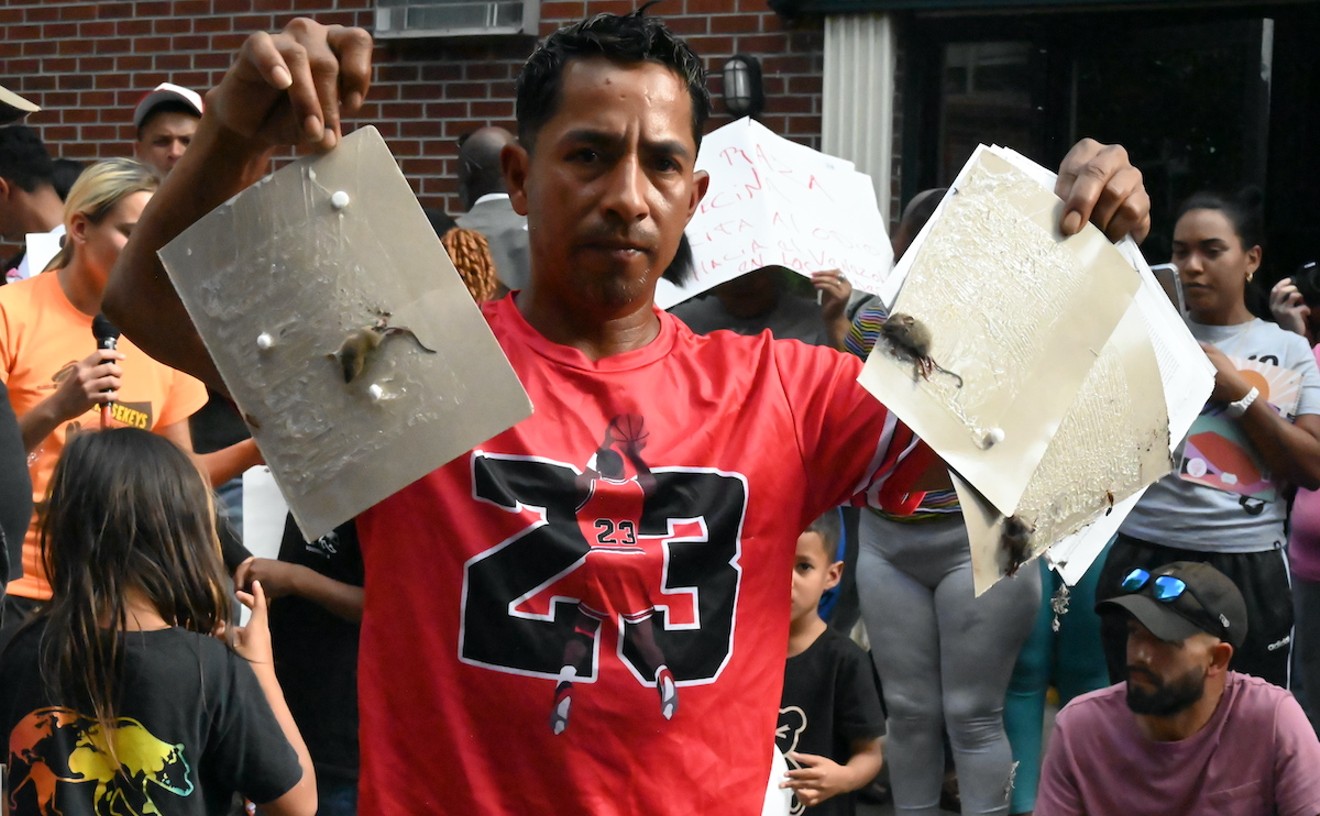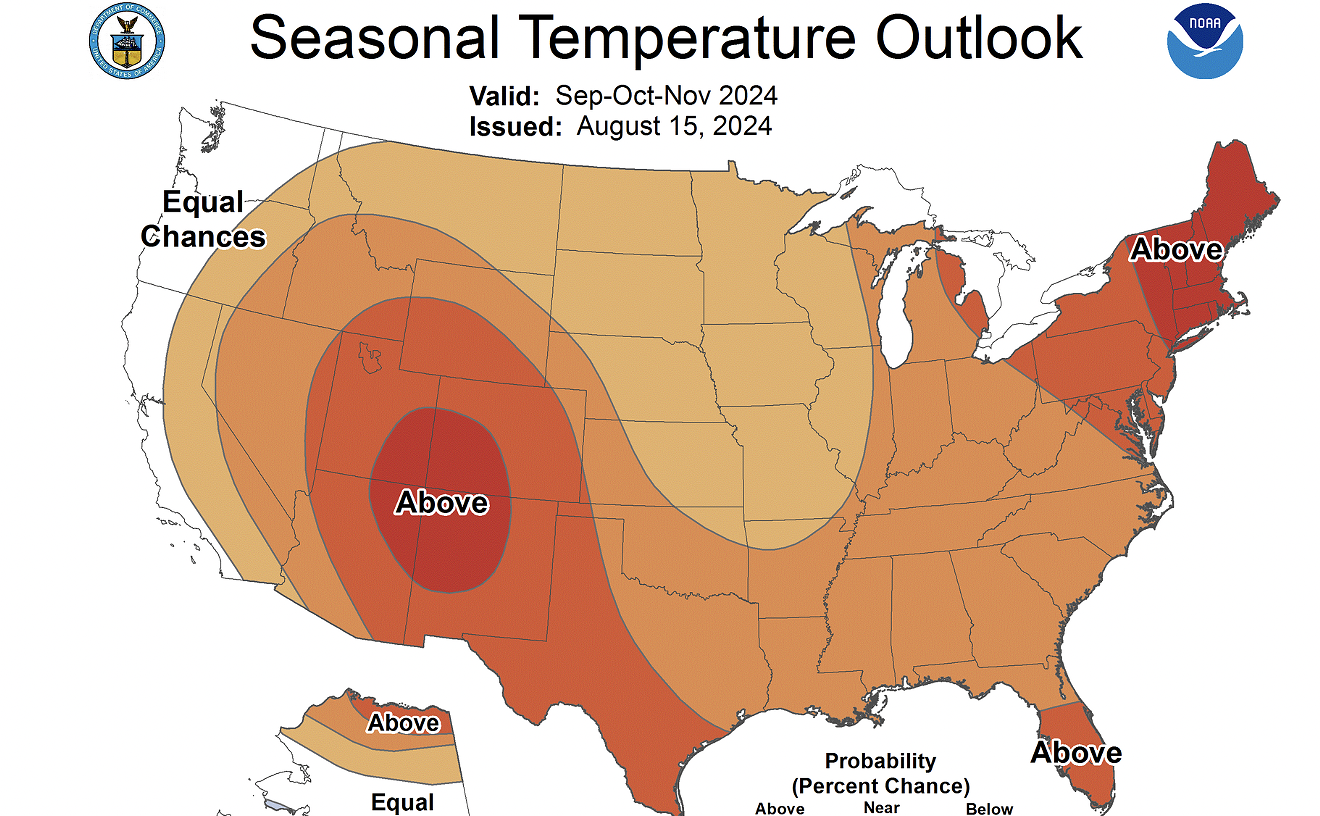In a report released last month, Denver Auditor Timothy O’Brien found that the Denver Museum of Nature & Science doesn’t have a method in place to keep tabs on the 4.3 million items in its collection, from frozen mammals to bugs and bird nests.
The last thorough inventory check at the museum happened over a decade ago, according to the audit. As of the end of 2022, museum managers told auditors that over 2.1 million items hadn’t been digitally cataloged yet.
Unaccounted-for items include samples from the museum’s archives, earth sciences, zoology and insect collections.
“They have an obligation to keep track of those inventories,” O’Brien says. “Those collections don't belong to individuals at the museum. They belong to the citizens of Denver.”
According to O’Brien, the museum is vulnerable to theft without a proper records system. Another point in the report highlights dozens of keys and badges that could still be floating around after failures to collect them from former museum staffers.
“Museum leaders told us if an item were to be stolen from the collections, they would not know because of the vast number of items the museum has,” the audit notes. “Managers acknowledged they have no formal processes to protect the collections against theft and said they instead rely on staff to catch instances of theft.”
To test the museum’s inventory management, the audit team asked museum staff to find ninety items meant to be in storage at the facility. Staff couldn't locate fossil or mineral specimens from the earth sciences collection, a bird’s nest and frozen mammal from the zoology collection and three insect specimens.
A print image could not be located by staff, either, although staff could identify where it should be. One zoological item was labeled as missing in the museum’s digital catalog, but upon inspection, staff realized it had actually been transferred to another museum in 1914.
“Managers said earth sciences items are constantly being moved and many items still need to be cataloged and inventoried, but they said they do not have the staff or funds to do so,” the audit says. “For the two missing zoological items in our sample, staff guessed they were in a large freezer getting ready to be processed, such as for potential display, but we could not confirm this.”
The insect collection proved particularly troublesome. The specimens are often tiny and stored in groups with hundreds of others, the audit found. The museum conducted an internal audit in November 2023 of its insect collection that found similar results to Denver’s audit.
“That internal audit found ‘problematic’ or ‘substandard’ identification levels for half of the 3,400 insect specimens surveyed — meaning the museum had only high-level scientific names for these items or none at all,” the audit describes.
Insects with different scientific classifications were stored together, and many specimens hadn’t been included in a database at all. Still, 95 percent of the specimens were intact and stable even if improperly cataloged or stored.
Problems with tracking inventory extend to items loaned to other museums and items on loan to DMNS from other institutions. The museum loaned items to other institutions 83 times in 2023, auditors found, but as of February 2024, DMNS was still in the process of accounting for thousands of items loaned by other museums.
“All mammal and bird specimens on loan to the museum had been verified, but only thirteen loaned spider specimens out of nearly 4,900 specimens had been verified,” the audit says. “Furthermore, only about 1,400 of 25,000 — or less than 6 percent — of loaned insect specimens had been accounted for at the time.”
Most of the tracking problems aren't from a lack of trying, however.
According to the audit, DMNS lacks sufficient staff to annually audit loaned items. Still, the report argues that Denver’s museum needs to put a system in place to track loans effectively, or risk its relationships with other museums.
The audit praises DMNS for its compliance with the Native American Graves Protection and Repatriation Act by communicating regularly with Indigenous tribes about relevant items in its possession. Additionally, O’Brien found the museum's most expensive items are extremely well-tracked.
The volume of artifacts in DMNS’s care makes these difficulties understandable, he admits.
“It would take you a month to count to 2 million if you didn't sleep,” O’Brien says. “That's just one way of putting the amount in perspective.”
A review of similarly sized science museums found similar problems with staffing and inventory, according to the report. O'Brien's team recommends the museum develop an inventory program and new training method for staff to better catalog inventory.
“They agreed to implement the recommendations. I believe they will,” O’Brien says.
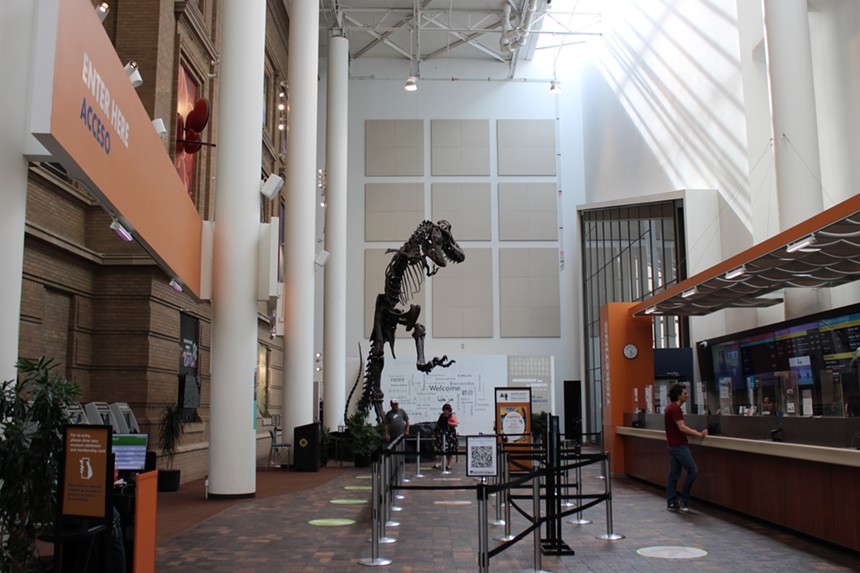
According to the audit, DMNS lacks sufficient staff to annually audit loaned items.
Courtesy of Toni Tresca
Museum Needs to Update Security, Emergency Preparedness
Aside from collections management issues, auditors found DMNS needs to upgrade security. According to the report, 24 active staff and volunteer badges belonging to people who no longer work with the museum were unaccounted for. The same went for physical keys, with 73 identified as potential risks in the audit. “These had been assigned to twelve employees who had left their positions with the museum sometime between January 1, 2020, and December 31, 2023,” the audit describes. “We could not verify whether the keys for those twelve employees had been returned to the museum, because the keys did not have unique identifiers and managers do not always collect keys when staff leave.”
The museum is already trying to implement formal key-return procedures, the audit notes.
The museum is also working on its emergency preparedness, asking the audit team to examine its policies and procedures for instances like fires, floods, tornados and active shooters. The audit suggests DMNS conduct a comprehensive risk assessment to fill gaps in its emergency plan.
“The staff and the visitors are the most important people to protect in the event of any kind of emergency and then comes the collections,” O’Brien says. “What do you do if a tornado comes down Colorado Boulevard? Where do the people go to be safe? All those things need to be laid out, and they need to be rehearsed or practiced.”
The museum currently lacks a priority list for which items to evacuate or salvage first in an emergency, with staff telling Denver’s audit team that curators know where valuable and rare specimens are. As the audit points out, those items should be documented so first responders can help evacuate key items once all humans have reached safety.
“It needs to be formal,” O’Brien says. “People need to know where the plan is, what the plan is, what to do, when to do it, how to do it.”
Lastly, the audit suggested improvements to city oversight of DMNS. The cooperative agreement between the city and the museum hasn’t been fully reviewed in ninety years, according to the audit, with no requirements for how the museum should spend maintenance and operational funds from the city.
Money from the Scientific and Cultural Facilities District tax accounted for 25 percent of the museum’s revenue in 2023, the audit finds. O’Brien says there is also a provision that the city’s general fund gives around $1 million to DMNS each year and “nobody really knows what it’s for or why.”
When asked about the audit, the museum offered the following response:
“The Museum is addressing the findings in the report and looks forward to working toward resolutions of the City’s recommendations,” DMNS spokesperson Julio Poletti says.

